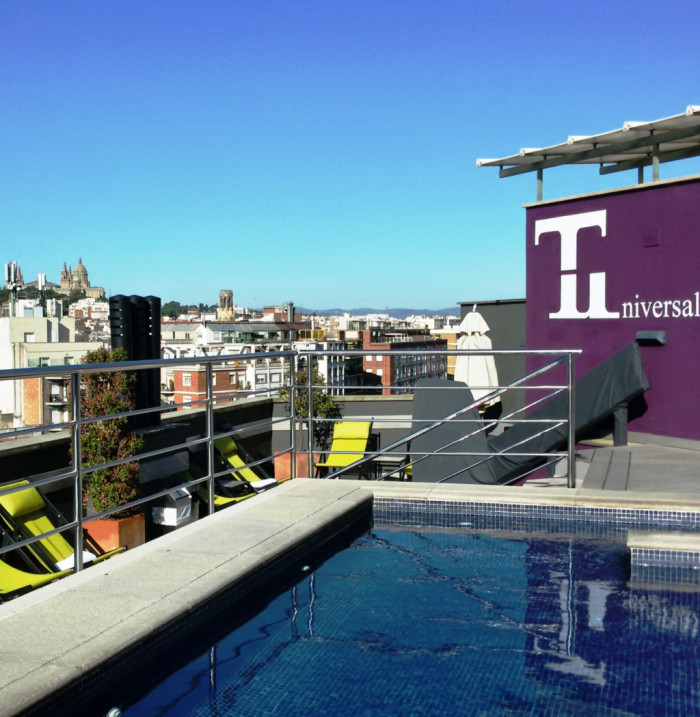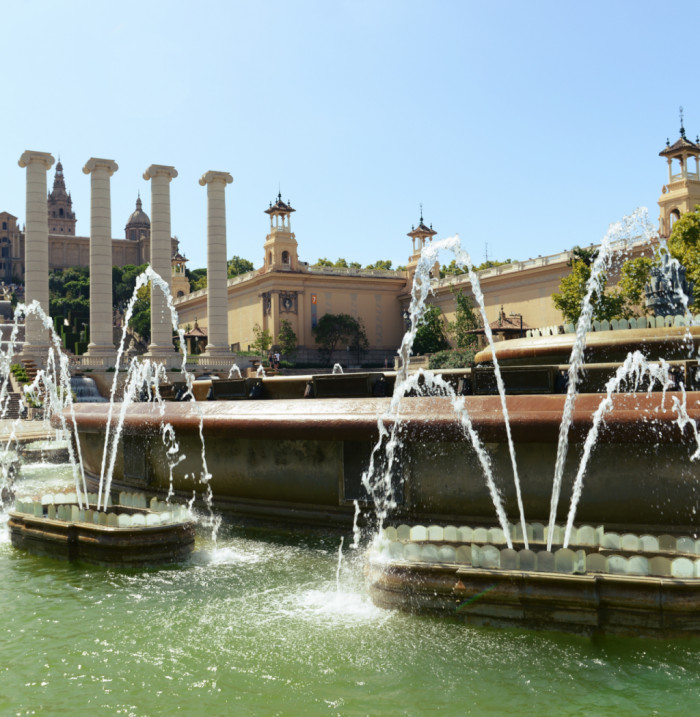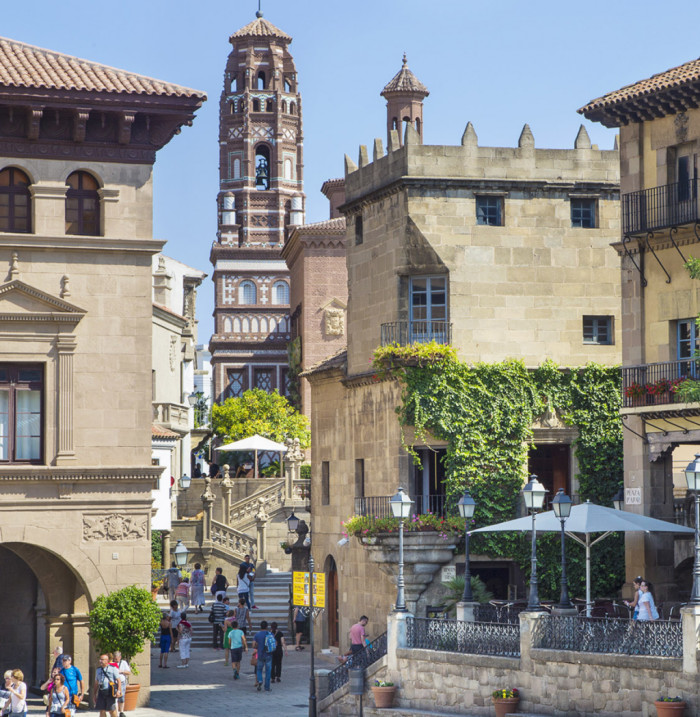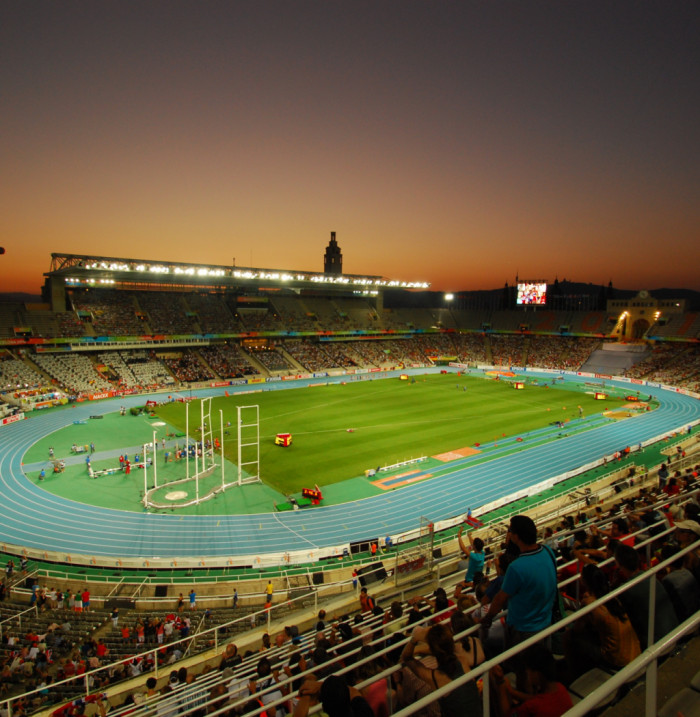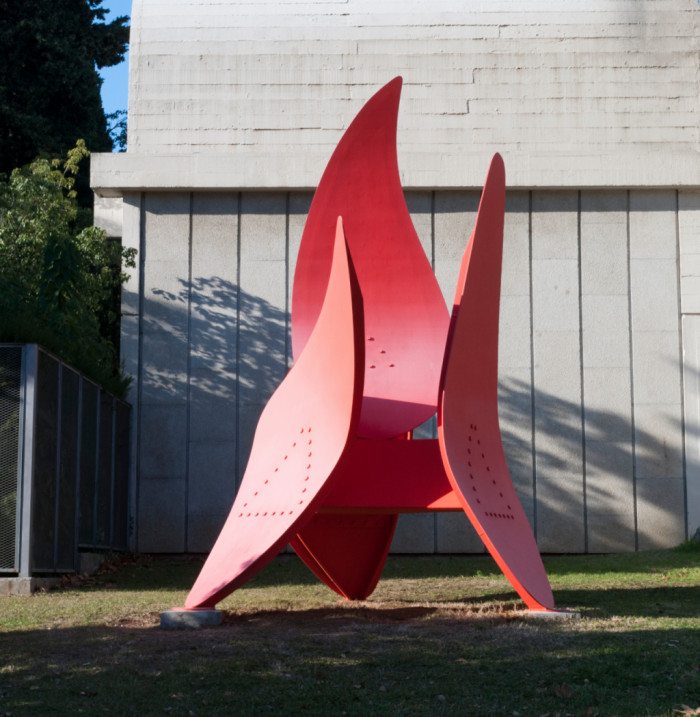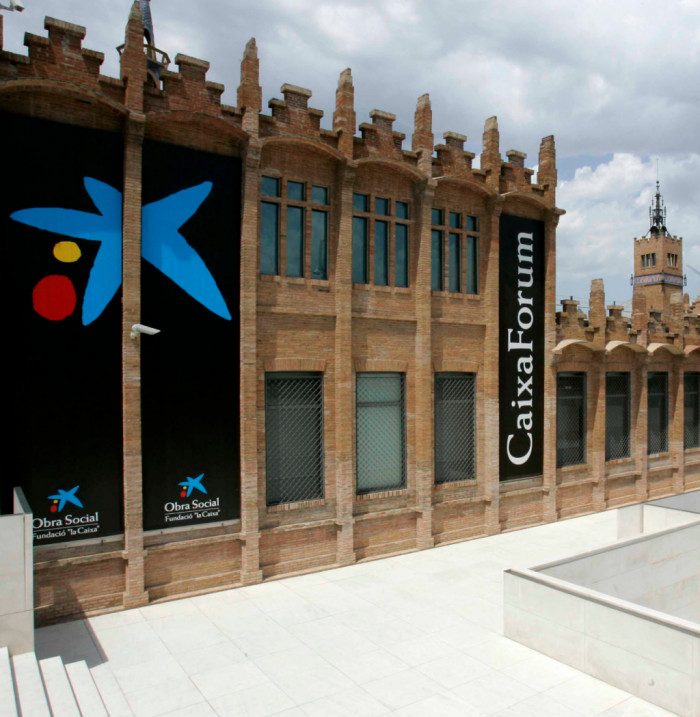- Architecture
- Open Air
- Geek
An authentic open-air museum, with its amazing quantity and quality of architectural monuments, mausoleums, and vaults.
Bus: 21
If there’s one place in Barcelona that’s largely unknown to most people, while in sight of nearly everyone, it’s got to be the cemeteries. For the sake of public health and hygiene, during the eighteenth century, the custom of burying the dead in churchyards was abandoned, and mourners instead looked to new sites outside the bounds of the city. As a result, during the 19th century, the people of Barcelona constructed the nine graveyards that we can still visit today.
It was during this period that Barcelona witnessed the precipitous rise of the bourgeoisie, made up of rich industrialists, tradesmen, and business owners enriched from the booming textile trade. This prominent class gave Barcelona its incalculable architectural treasures, today the city’s principal legacy. Such extravagance did not stop at the face of death; the individuals of this status died as they lived, in lush and opulent luxury. They built large vaults, some with small chapels, and imposing marble structures replete with architectural details to express the grandeur they had known in life.
Thankfully, this architectural legacy is still alive and well in the cemetery of Montjuïc. Constructed in 1830 and designed by architect Leandro Albareda, this site is now considered a true open-air museum, in light of the astounding architectural monuments it holds. Among its vaults and mausoleums, visitors can observe legions of angels carefully sculpted in marble, facing death head-on and giving hope to all who reside there. Also on view are works by the greatest artists of the time, including Albareda himself, Puig i Cadafalch, Domènech i Montaner, and Josep Vilaseca.
Exploring this burial ground is a great way to become more familiar with the different artistic styles that swept Barcelona between the years of the 1888 Universal Exposition and the 1936 onset of the Spanish Civil War; an exciting period that saw the heights of Modernism, Noucentisme, Realism, and Eclecticism. Outside the purely artistic lens, visitors can also take in a unique side of the city’s history, exploring the tombs of the famous men and women who once lived in the city, including some of the most important figures in Barcelona’s political, social, and cultural life. The cemeteries of Barcelona are truly full of history, shedding light on the lives that helped to create the region’s collective memory. The grandiosity of this burial site is well worth a visit, so be sure to pay your respects before it’s too late!


